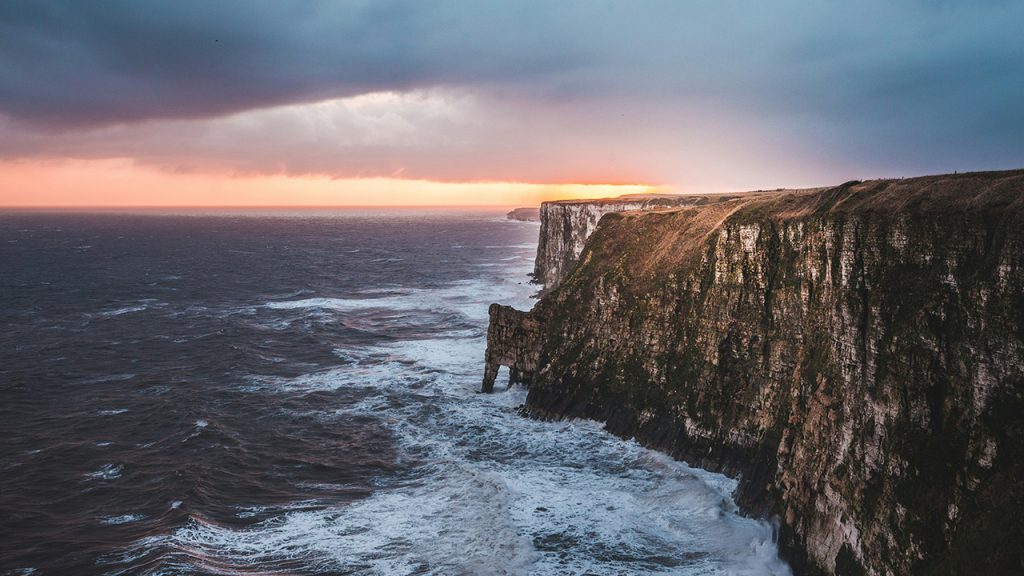Living in the UK, I’m lucky to be surrounded by beautiful countryside, rolling hills, and the occasional urban park. But I’ve found that some of the most amazing wildlife spots are hidden away, quietly thriving in places you might not expect. These little-known sanctuaries are the perfect retreat when I need a break from the noise of daily life. Whether I’m watching birds, spotting marine creatures along the coast, or just walking through untouched landscapes, these spots feel like secret treasures. If you’re like me and love finding new places to connect with nature, these wildlife havens are something truly special.
Here are a few of the UK’s underrated sanctuaries where nature feels closer than ever.
1. Fowlsheugh, Aberdeenshire
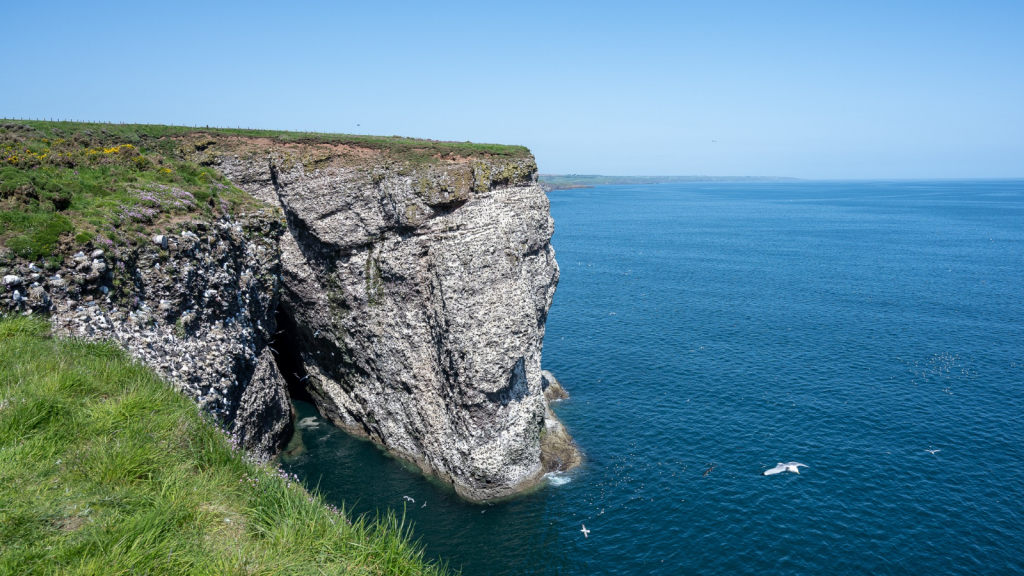
Perched on the cliffs of Aberdeenshire, Fowlsheugh is a birdwatcher’s paradise. Every summer, thousands of seabirds, including puffins and razorbills, make this rocky coastline their home. The dramatic cliffs offer breathtaking views, while the crashing waves below complete the scene. It’s a peaceful spot to sit and marvel at the wildlife, especially during the nesting season.
2. Durlston Country Park, Dorset
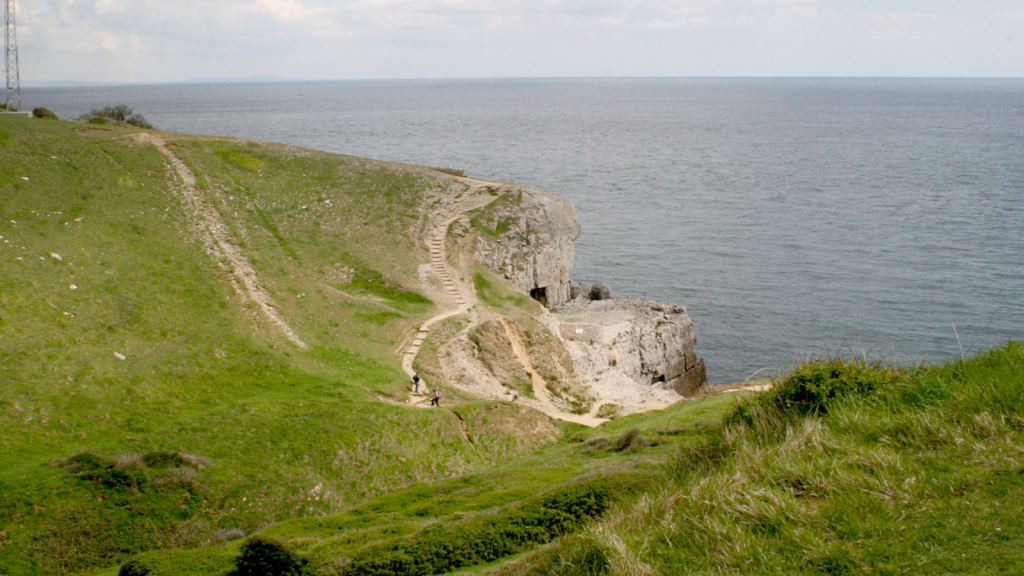
Durlston Country Park, tucked away near Swanage in Dorset, is a stunning coastal sanctuary that offers more than just sweeping views of the Jurassic Coast. This place is a haven for dolphins, seabirds, and bats. The variety of ecosystems here, from woodlands to coastal cliffs, makes it a hotspot for nature lovers. The park also boasts an incredible Victorian castle and a wealth of historical features.
3. Ynys-hir Nature Reserve, Wales
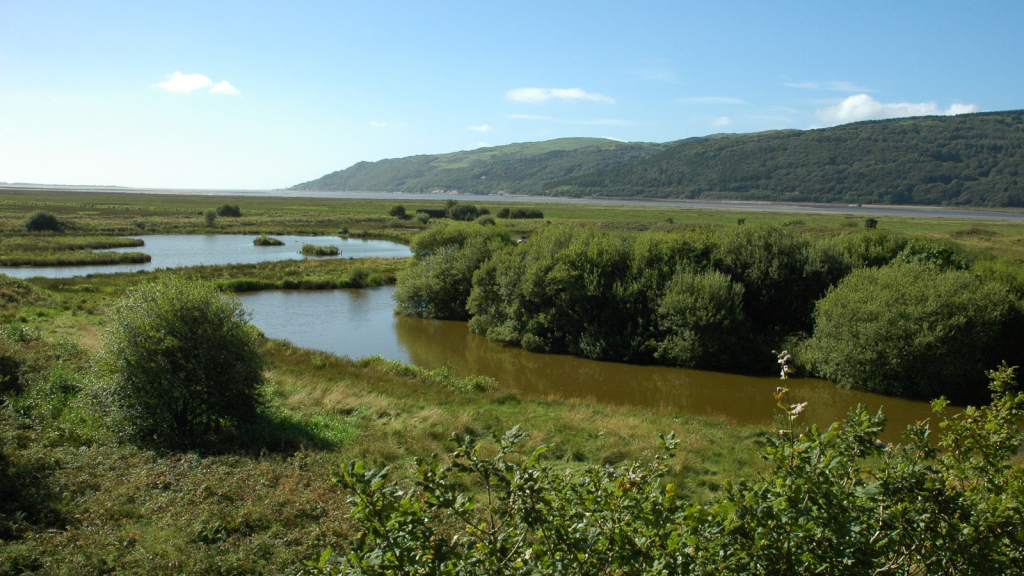
Ynys-hir, hidden in the Dyfi Estuary in Wales, is one of those places that feels like stepping into another world. The reserve is a mosaic of woodlands, wetlands, and meadows, attracting a rich diversity of birdlife. Ospreys nest here, and the surrounding hills provide a stunning backdrop for long walks. It’s perfect for those looking to explore peaceful trails far from the crowds.
4. Aigas Field Centre, Inverness-shire
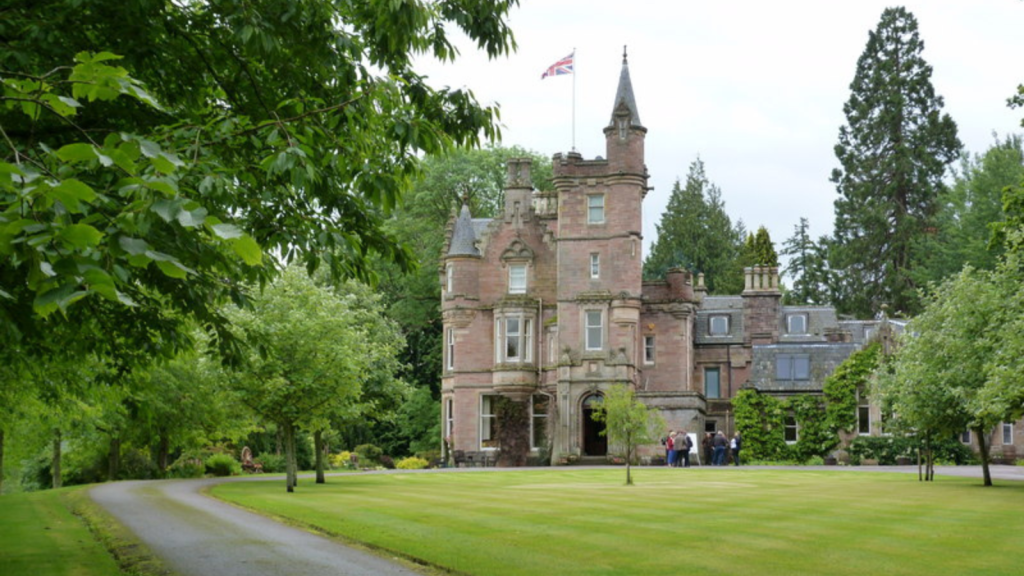
Aigas Field Centre in the Highlands is a family-run wildlife retreat that not only serves as a sanctuary for animals but also as an educational centre for visitors. The estate is home to beavers, pine martens, and red squirrels. Aigas places a strong emphasis on conservation, so you can learn as you explore the wild beauty of the surrounding forest and lochs.
5. NWT Weeting Heath, Norfolk
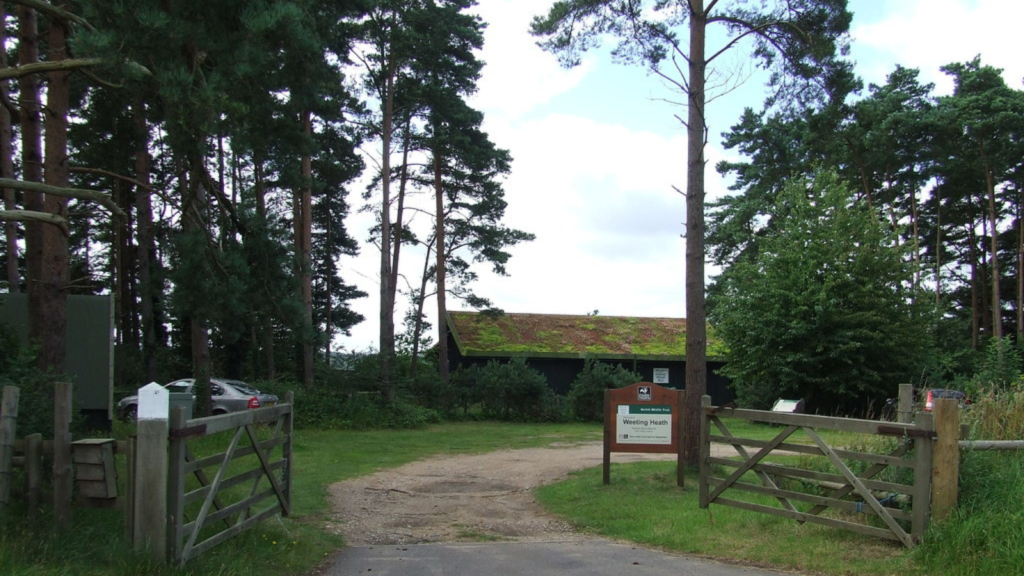
If you’ve never seen a stone-curlew in the wild, Weeting Heath is the place to go. This Norfolk sanctuary is one of the few places in the UK where you can spot this elusive bird. The dry, chalky grassland makes it a perfect breeding ground for these rare creatures, and it’s also home to a variety of other bird species, including woodlarks and green woodpeckers.
6. Galloway Forest Park, Dumfries and Galloway
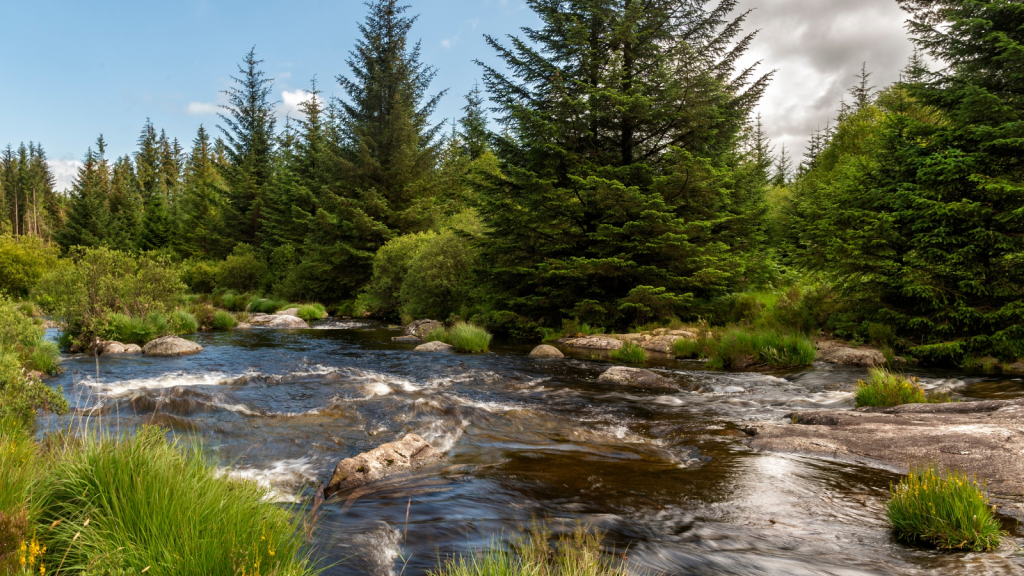
Galloway Forest Park is the UK’s largest forest park, but it remains a relatively quiet spot. Known for its dark skies, it’s a sanctuary not just for wildlife but for star-gazers too. Red deer, otters, and wild goats roam the hills, while the lochs and rivers offer opportunities for spotting kingfishers and ospreys. It’s a wonderful place to disconnect from the modern world.
7. Hauxley Wildlife Discovery Centre, Northumberland
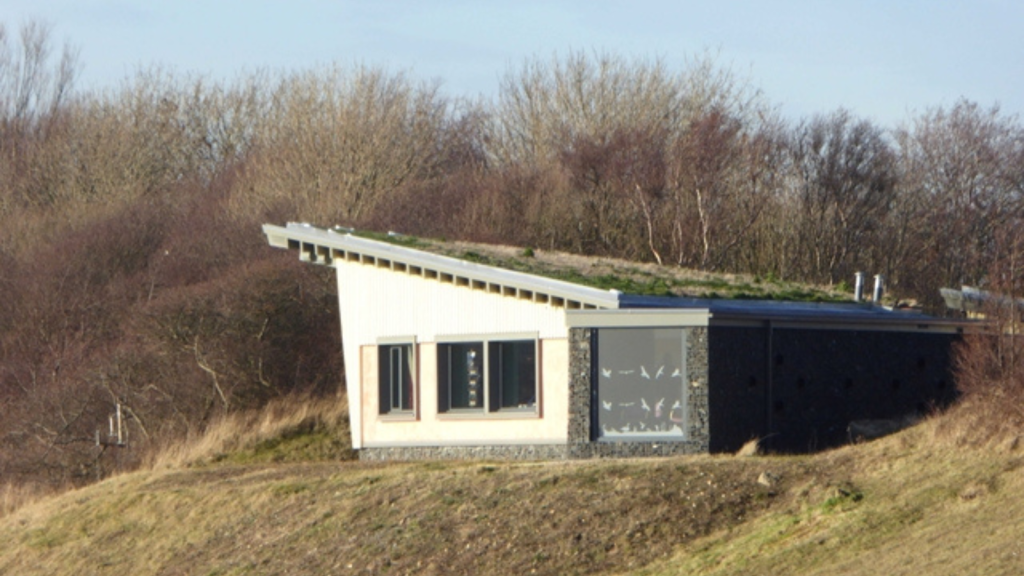
Hauxley is a lesser-known gem along the Northumberland coast, offering beautiful coastal and woodland habitats. It’s home to a range of wildlife, including birds like skylarks and lapwings. The reserve’s eco-friendly discovery centre is perfect for families, with lots of activities to get involved in and learn more about the local fauna.
8. Stackpole Estate, Pembrokeshire
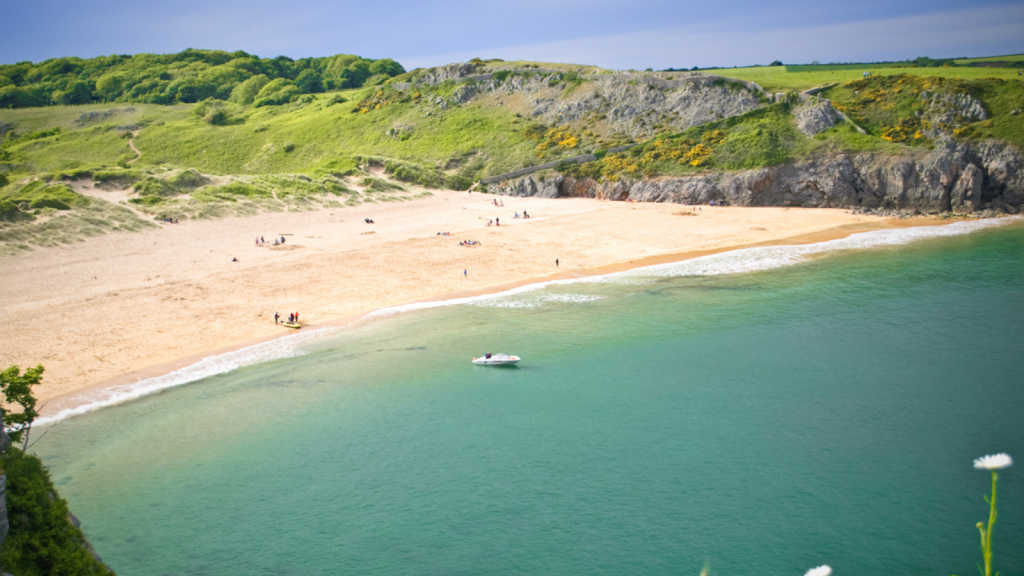
The National Trust’s Stackpole Estate is a hidden treasure in Pembrokeshire, combining dramatic coastal cliffs with tranquil lakes and woodlands. Otters are frequently seen around the Bosherston Lakes, while the nearby beaches are visited by seals and even the odd dolphin. The estate’s varied landscapes make it a haven for both wildlife and those looking for peaceful walks.
9. Rye Harbour Nature Reserve, East Sussex
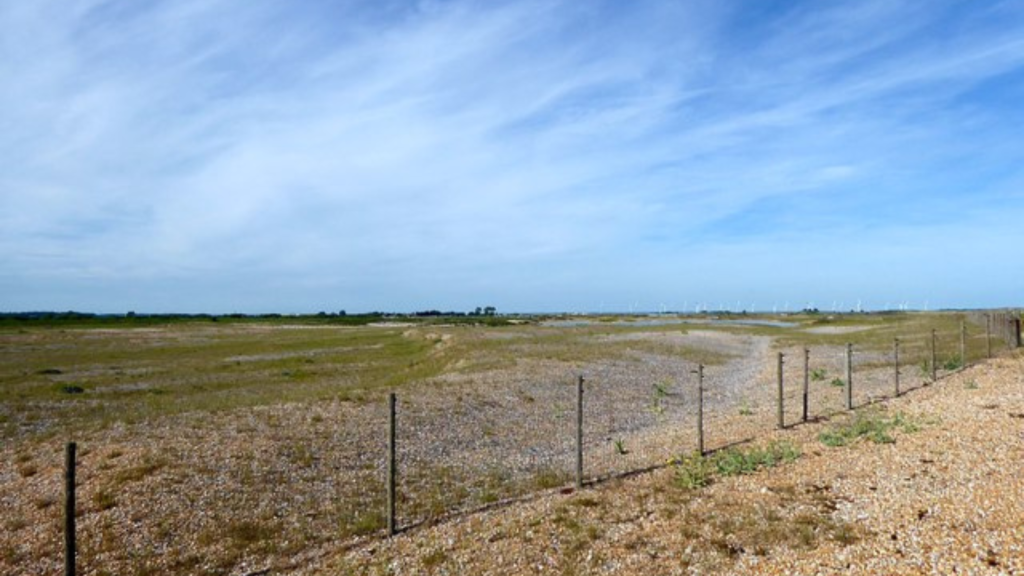
Rye Harbour Nature Reserve is a quiet coastal gem, providing a sanctuary for a wide variety of species, from rare terns to seals. The saltmarshes, shingle ridges, and lagoons create a unique environment that’s perfect for spotting birds year-round. The reserve also features well-marked paths, making it easy for visitors to explore its rich ecosystems.
10. Loch of the Lowes, Perthshire
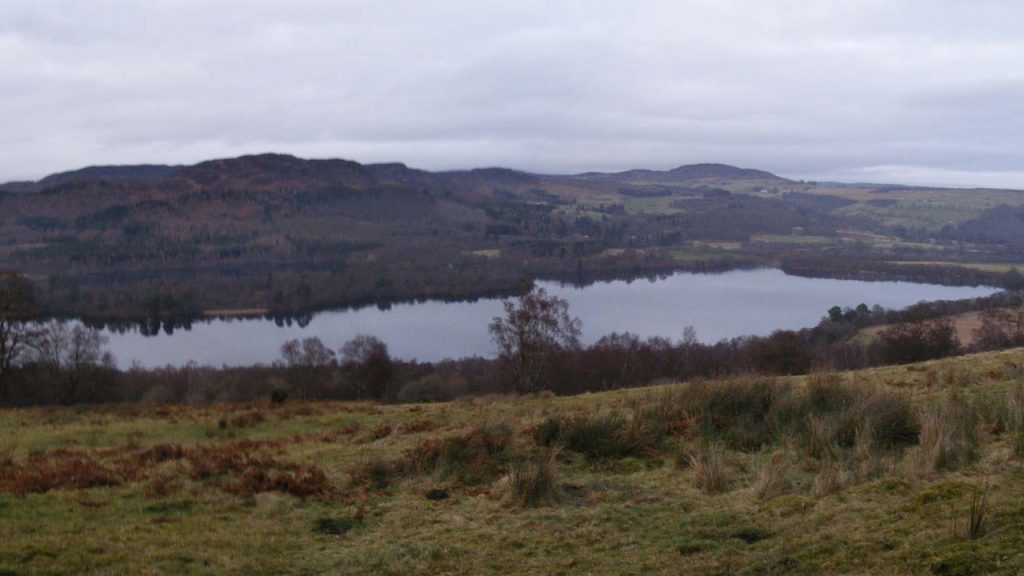
Loch of the Lowes, in the heart of Scotland, is famous for its resident ospreys, which return every spring to raise their young. The reserve is a peaceful retreat, where you can watch these magnificent birds fish from the loch. It’s also home to beavers, red squirrels, and a variety of other wildlife. The visitor centre provides fascinating insights into the lives of these animals.
11. WWT Arundel, West Sussex
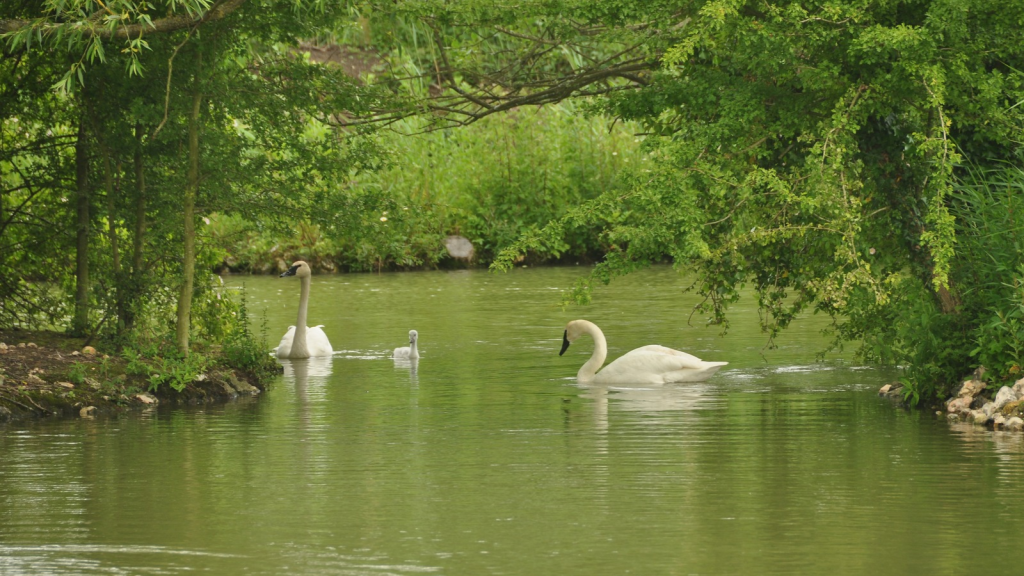
WWT Arundel is an often-overlooked wetland centre in West Sussex, offering a rare opportunity to see a wide variety of waterfowl in one place. Set against the backdrop of the South Downs, this sanctuary is home to everything from mallards to rare geese. The reserve’s boat safari is a unique way to get close to wildlife, as you glide quietly along the waterways.
12. Gilfach Nature Reserve, Powys
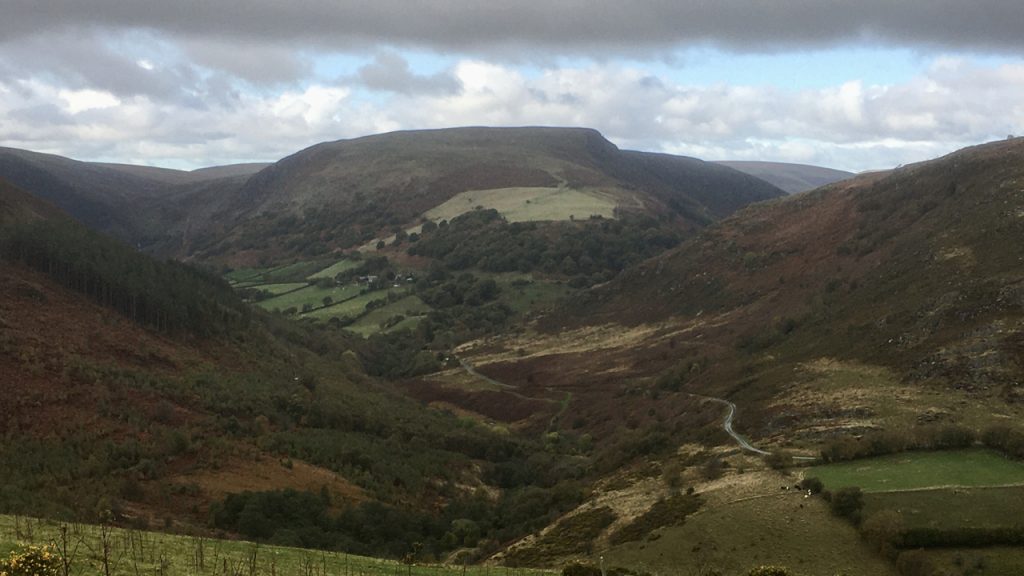
Gilfach is a little-known Welsh gem hidden in the Cambrian Mountains. The reserve is a patchwork of meadows, woodlands, and riverbanks, providing a refuge for otters, red kites, and dippers. It’s a fantastic place for wildlife photography, especially in spring when the flowers bloom and the insects come to life. It’s off the beaten track, but well worth the effort to visit.
13. RSPB Bempton Cliffs, Yorkshire
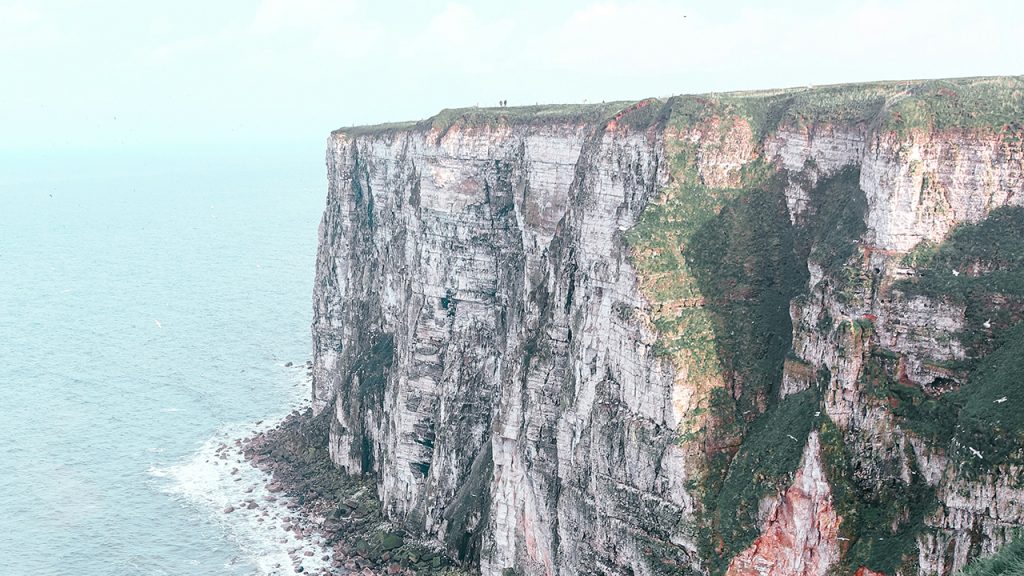
RSPB Bempton Cliffs is one of the best places in the UK to see seabirds, but it doesn’t often get the attention it deserves. From April to October, the cliffs come alive with gannets, puffins, and guillemots, creating an awe-inspiring spectacle. The cliffs also offer stunning views over the North Sea, making it a wonderful place for a peaceful, windswept walk.
14. Woodwalton Fen, Cambridgeshire
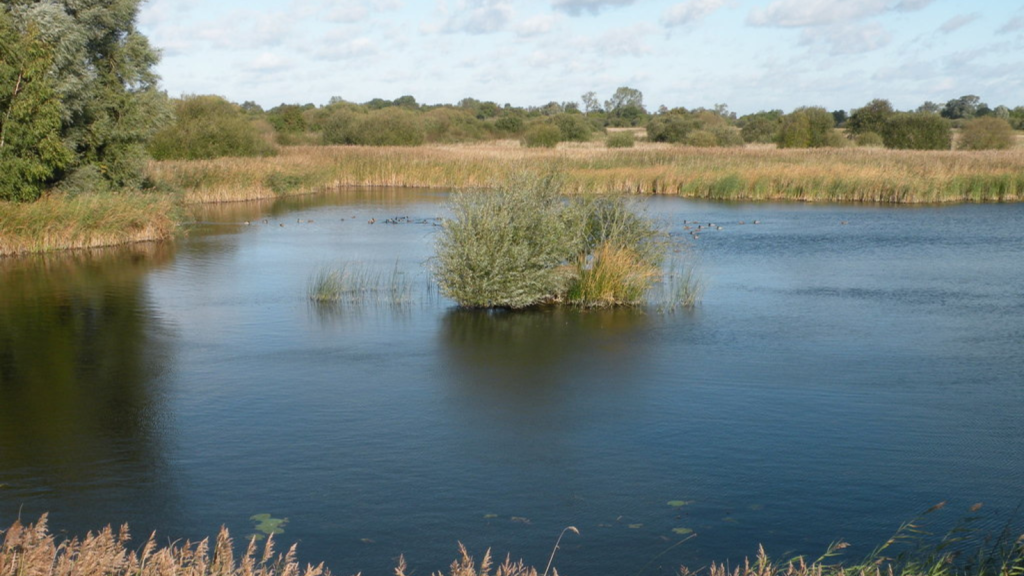
Woodwalton Fen, one of the UK’s oldest nature reserves, is a peaceful and often forgotten wetland. It’s part of the Great Fen Project, which is working to restore the area’s historic fens. The reserve is home to rare species like water voles, marsh harriers, and the fenland reed warbler. Its vast reed beds and ponds create a tranquil environment that feels miles away from modern life.
These 23 Titanic Facts That Will Make You See the Tragedy in a New Light

The Titanic, perhaps the most legendary ship ever, was a masterpiece of early 20th-century engineering, funded by American tycoon J.P. Morgan and constructed at the Harland and Wolff Shipyard. Thanks to the movie and other works of popular fiction, any people think they know everything there is to know about the Titanic, but they’re wrong.
Read More: These 23 Titanic Facts That Will Make You See the Tragedy in a New Light
Ellen has been obsessed with logic puzzles, jigsaws, and cryptograms since she was a kid. After learning she was taught how to play chess wrong by a family friend (so they could win), she joined her school chess club and the rest is history.
